Ford Ranger clone: 2023 Volkswagen Amarok versus VW marketing
Volkswagen claims the new 2023 Amarok will be 100 per cent Volkswagen, despite being developed with, built by and running powertrains from Ford Ranger…
Volkswagen claims the new Amarok is absolutely not a rebadged Ford Ranger clone, despite being built in Ford’s Ranger factory, on a Ford Ranger platform, and likely running Ford Ranger powertrains...
I’ve never seen a carmaker get quite this enthusiastically overblown about the reality of their product, and as a consumer, you should be aware that it’s often the least admirable carmakers which often are the proper maestros with disinformation.
New Volkswagen Amarok is due in 2023, with the Ford Ranger several months earlier, and you need to be clear - these utes are platform shared, co-developed, badge-engineered.
Ford is pitching (because it’s their platform); Volkswagen is catching (because it’s not their platform). Makes sense.
Two almost perfectly aligned carmakers, when you think about their elite performances, both vying for top spot as the most entertaining on reliability and customer service.
Ford’s 2.0-litre twin-turbo engine is something of a hand grenade in my view (which I’ve discussed in length here >>), and likewise Volkswagen is spectacular at the customer-under-bus thing.
This really is a match made in hell, if you’re an innocent car-buying consumer who doesn’t know much about the underworld of the automotive industry.
The most entertaining aspect of this Volkswagen-Ford situation, is the way every Volkswagen executive has repeatedly, steadfastly, bragged about how emphatically different the new Amarok will be (to the Ranger). Even referring to its ‘DNA’, which it doesn’t have because it’s a machine, of course.
That’s Albert Krizinger, head of design for Volkswagen Commercial Vehicles, fluffing the press right up, a few months ago, via video stream.
Fact is, if it’s made in Ford’s factory, by Ford, and built on the Ford Ranger platform, it simply cannot be 100 per cent Volkswagen - because it’s not 100 per cent Volkswagen. That’s just ontologically how it is. To Mr. Krizinger, I would suggest he work harder to align the marketing rhetoric with basic facts and be transparent with their consumers, not try to pretend.
Many of the new Amarok’s parts will be Ranger parts, just like many of the old Mazda BT-50 parts were Ford parts, complete with heat-stamped logos under the bonnet. Ford is the lead partner in this arrangement. I’d hazard a guess, it would be a miracle if Amarok contained 20 per cent Volkswagen parts, in an arrangement such as this.
They really don’t want you to form the view that Amarok is just a Ford Ranger with a slightly different aesthetic design, in the cabin, on the outside and in the cargo area. Even though it objectively is just that.
Ford renovated its South African factory, presumably to build the new Amarok for Volkswagen.
Enough with the ‘DNA’, honestly. That’s Volkswagen’s Honnover-based commercial vehicles chairman of the management board, Carsten Intra.
This statement tells me that Volkswagen is going to try really hard to convince potential customers that Ford had very little, borderline nothing, to do with developing the new Amarok-Ranger.
The Australian-based Volkswagen managing director also wants you to believe - because belief is different to knowing - that when it comes to the new Amarok:
Isn’t this an interesting perspective? Volkswagen Australia’s chief has promised, seemingly, that the new Amarok-Ranger is not some exciting, bold, new incoming mistake for Volkswagen. How could they possibly raise the bar on that awesome mistake they made back in 2015? But hope does spring eternal.
Bring it, Mr. Bartsch. I can’t wait for the impending reliability issues.
And of course the media is happy regurgitating all this spin, hoping Volkswagen (and Ford) will keep advertising and inviting their journalists on press launches, loaning them cars etc. Just what the consumer needs - conflict of interest.
The fact is, in these platform-sharing arrangements, there’s always a pitcher and there’s always a catcher. Nissan was the pitcher and Mercedes was the catcher with the ill-fated X-Class.
Ford was the pitcher and Mazda was the catcher for decades years with the BT-50 and various shitboxes before that (Bravo, Econovan, Tribute), and now it’s Isuzu pitching, obviously. Interestingly, Mazda doesn’t seem to gloat endlessly about the aspirational ‘DNA’ for its ute. Mazda’s just happy to sell a few BT-50s with a nice cabin, decent payload and towing cred - the right approach in my view.
L-R: Isuzu D-Max and Mazda She-Max (sorry, BT-50). No secrets, no denials. Everybody wins.
Everyone knows the BT-50 is just a re-badged Isuzu, like it was with Ford Ranger.
So, to my friends at Volkswagen I say, this doesn’t have to be a dirty little secret. Unlike Dieselgate.
USEFUL LINKS FOR BUYING THE RIGHT UTE
Should I buy: Ford Ranger 2.0 twin-turbo Vs 3.2 five-cylinder? >>
Ultimate Ute Market Buyer’s Guide >>
What has Nissan done to the Mitsubishi Triton? The unholy alliance with Navara >>
2021 Isuzu D-Max: Towing 3500kg with your 4WD ute: Bad idea >>
2021 Mitsubishi Triton ute review & buyer's guide >>
2021 Mazda BT-50 Buyer's Guide >>
ADVICE FOR TOWING HEAVY LOADS
Ultimate Heavy Towing Guide: Weights, Limits and Getting it Right >>
Weight distribution and load-levelling hitches: Know this before towing >>
My AutoExpert AFFORDABLE ROADSIDE ASSISTANCE PACKAGE
If you’re sick of paying through the neck for roadside assistance I’ve teamed up with 24/7 to offer AutoExpert readers nationwide roadside assistance from just $69 annually, plus there’s NO JOINING FEE
Full details here >>
Making and selling a ute are very different things
Now, let’s talk about Ranger Vs BT-50. Historically, Ranger had all the sex appeal; BT-50 was kinda ugly but also cheap and cheerful, and I’d guess only grudgingly in Mazda’s inventory. Ranger 4X4 out-sold BT-50 4X4 roughly five for one. But it was the smarter buy if you wanted outright towing capacity and payload for minimum spend - the Mazda always had that advantage.
Ranger and its half-sister wagon, Everest, are of course vitally important for Ford Australia, accounting for roughly 80 per cent of the company’s total sales. So, if they zig when they should’ve zagged on this new one, Ford Australia essentially collapses. Everything else in the Ford Australia range is a joke - except maybe the Transit Custom. And that’s not enough to keep it afloat.
Powertrains are yet to be confirmed for the ute (in both camps) but it looks like no more 3.2-litre five-cylinder, and instead the single and twin-turbo versions of the 2.0-litre diesel are on the table. 130kW and 420Nm for one turbo, and 157kW with 500Nm with two turbos.
Even more arousing, for the off-road adventuring fraternity, and stereotypically compensatory suits in utes, is the altogether engorging prospect of V6 diesel power - again with a choice of one or two turbos and up to 230kW.
Imagine the caravan you could tow with that. At least, before it breaks down somewhere in the cultural desert, several hours from the nearest phone tower or independent mechanic.
Given the packaging complexity of getting an engine and 4X4 powertrains into a platform, it’s virtually inconceivable that Volkswagen will get bespoke powertrains for Amarok. It’s so cost-inhibitively expensive. And given the underlying adversarial character of these partnerships, it’s hard to imagine Ford would let the Amarok roll with a superior powertrain. Then again, Volkswagen does think very highly of itself.
The main variation between the pair will likely be inspired by geography, because it seems certain the Ranger will continue to be built in Thailand, whereas the Amarok will be built in Ford’s re-vamped plant in South Africa, thanks to a billion-dollar upgrade, incidentally. But Ford Australia is on the record that our Ranger won’t get built there.
So, that’ll lead to some inevitable differences between the two. It’s also unclear if Amarok can hang onto its heavily leveraged claim of the widest cab and tub in its class, or whether it’ll be forced bulimically to conform to Ranger’s dimensions, and thus lose an historic advantage.
Imagine re-designing all those crossmembers and bespoke parts, just to make a few Amaroks two inches wider. An accountant would take one look at that, and kill that idea immediately. Unless, of course, said accountant was under duress.
All-wheel drive is a nice idea, especially with the tyre-spinning potential of the V6, but it’s still unconfirmed.
Now, I do love it when these car company executives get themselves in front of a microphone and profess some deep affinity for the harsh Australian outback.
Jingoistically pumping up Amarok’s profile among the public with Australia’s inherent harshness, Mr Bartsch made that quote from Mike Costello’s Volkswagen regurgitation report in Car Expert.
I have a small problem with this statement, though. See, the Simpson Desert is an icon, he’s quite right on that. It’s the world’s largest parallel sand dune desert with dunes 40-50 metres high.
However, you cannot be going “through the Simpson Desert” and doing so “on the Telegraph Track”, because they are separated by roughly 2000 kilometres. The only three ways to cross the Simpson Desert are the Rig Road, the WAA Line and the French Line; the Telegraph Track takes you south-to-north to Cape York Peninsula.
Perhaps this is just a context issue, or the quote was written wrong, and maybe I’m simply not seeing the forest for the trees. You decide.
I do wonder if Mr Bartsch has actually ever been west of Paramatta. We’ll never know. But this just sounds like consumer-appeasing rhetoric. As if VW AG gives a rat’s rear about Australia, unless it’s to sell more cars.
The new Amarok will definitely be a somewhat cynically badge-engineered Ranger, with costs cut by expert accountants, which is why they’re doing this - otherwise, common sense suggests, Volkswagen would build their own ute, in their own factory, with their own designs, and powertrains. It’s hard to argue with that.
Volkswagen would not have gone again with Amarok, without this opportunity to do so on the cheap, taking advantage of Ford’s investments. They’ve confirmed this numerous times - not in those words - but confirmed nonetheless.
The new one, therefore, cannot be both platform shared, and proudly, independently, 100 per cent Volkswagen. Not if we still live in a world where the facts matter, however vestigially.
Volkswagen doesn’t want you to think this, however, so they’ve brought their considerable resources to bear, delivering a vigorous and ongoing spin campaign to the contrary. And the media hype has only begun - just wait for the marketing onslaught, full of river crossings, spraying sand in the desert dunes and towing big, expensive caravans through thick, dense Aussie bush. You know how this story goes. The question is whether you will be seduced.
And the mainstream media sucks it all up, refrains to comment critically, and hopes against hope for a pecuniary quid-pro-quo. Then they just spray it back out, all over your Google SEarch results page, in the time-honoured tradition.


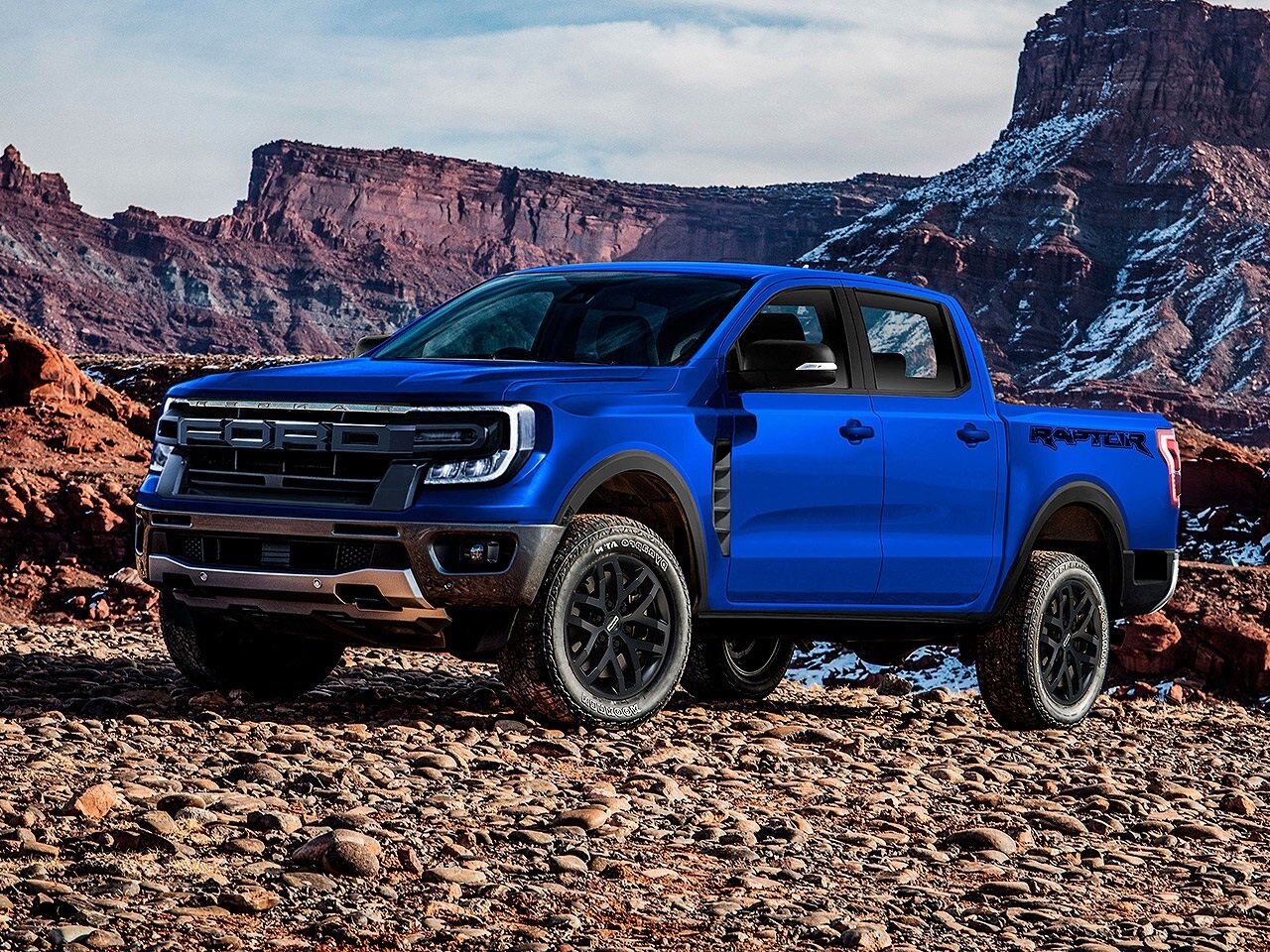

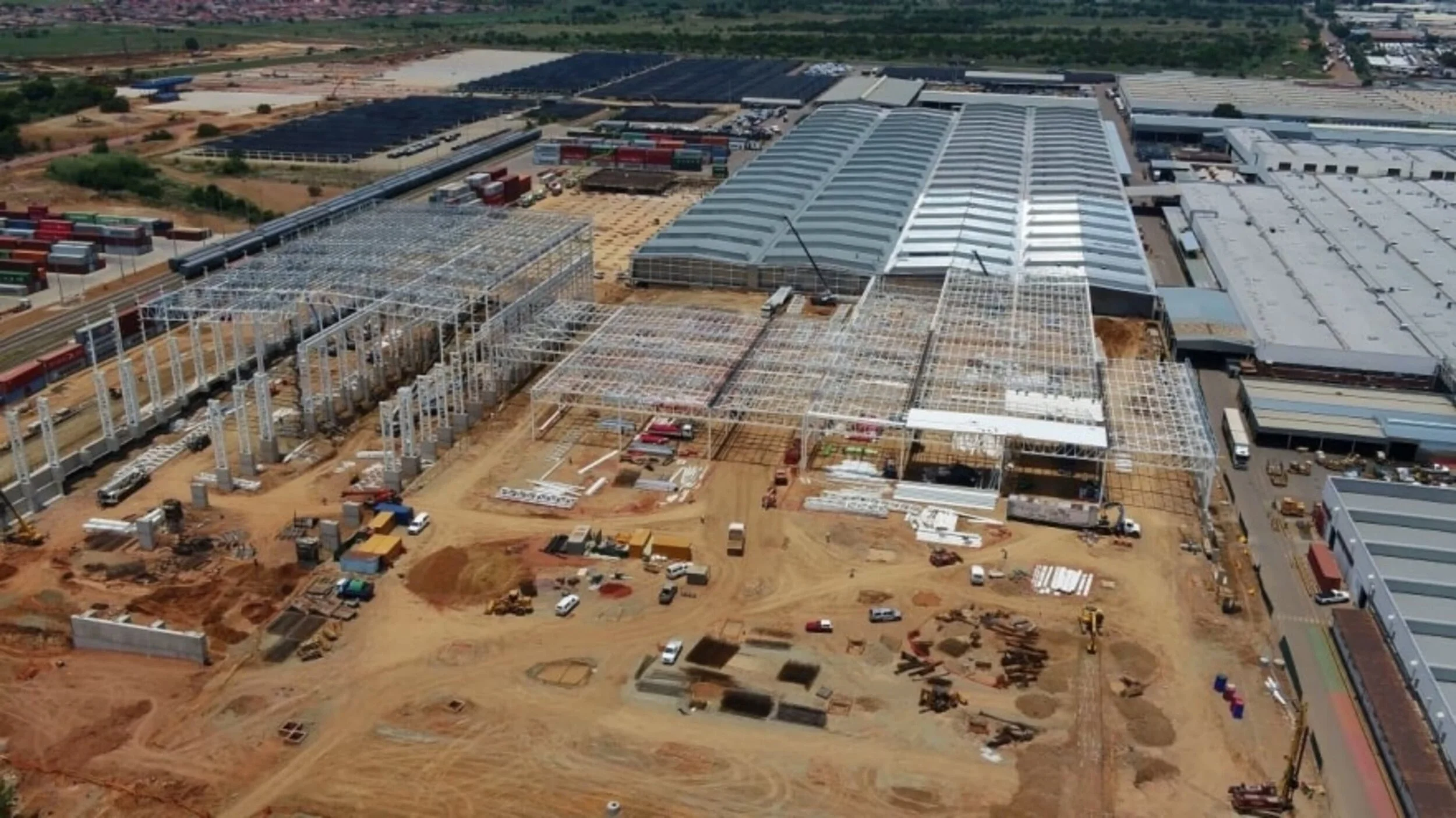
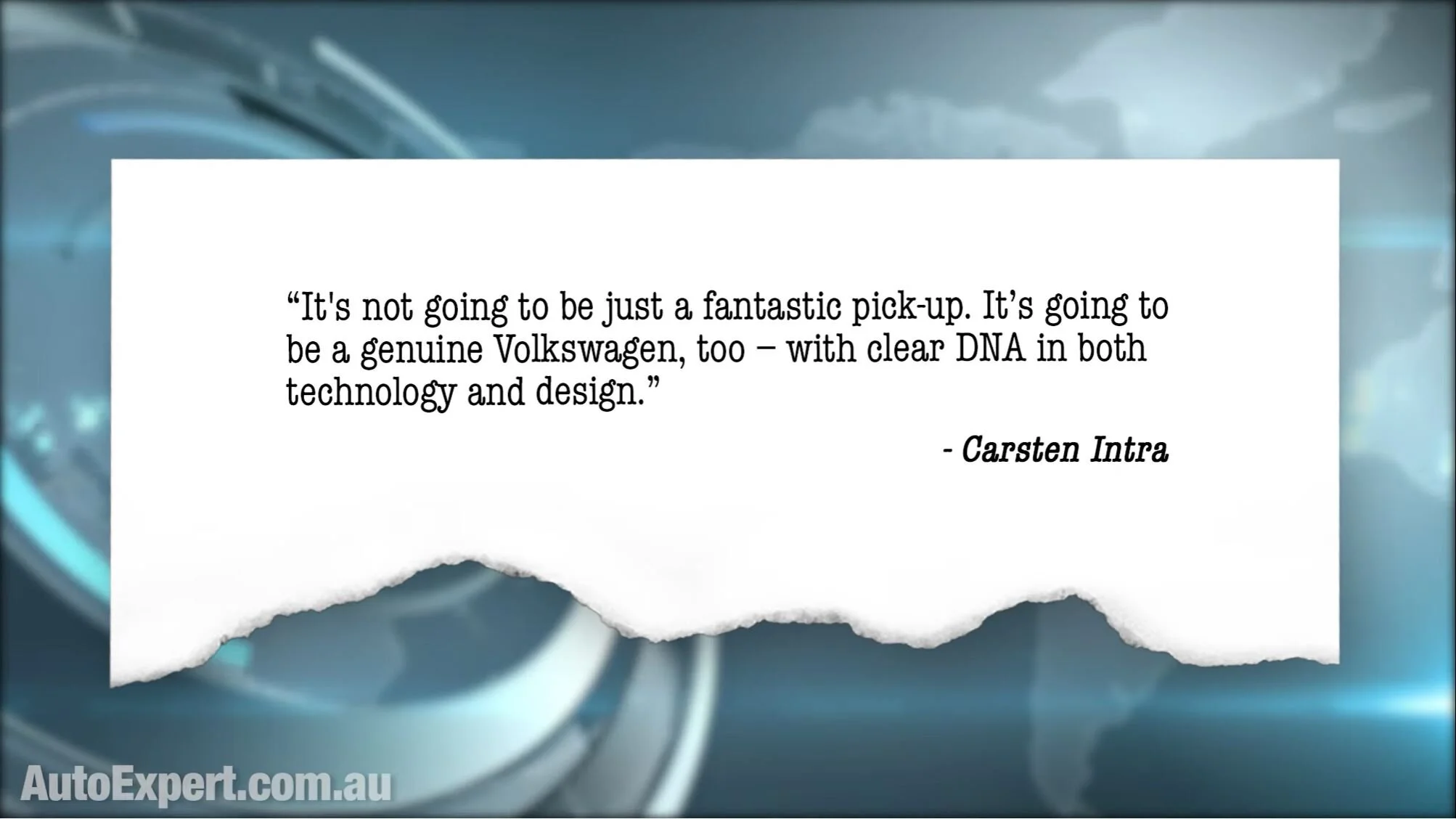

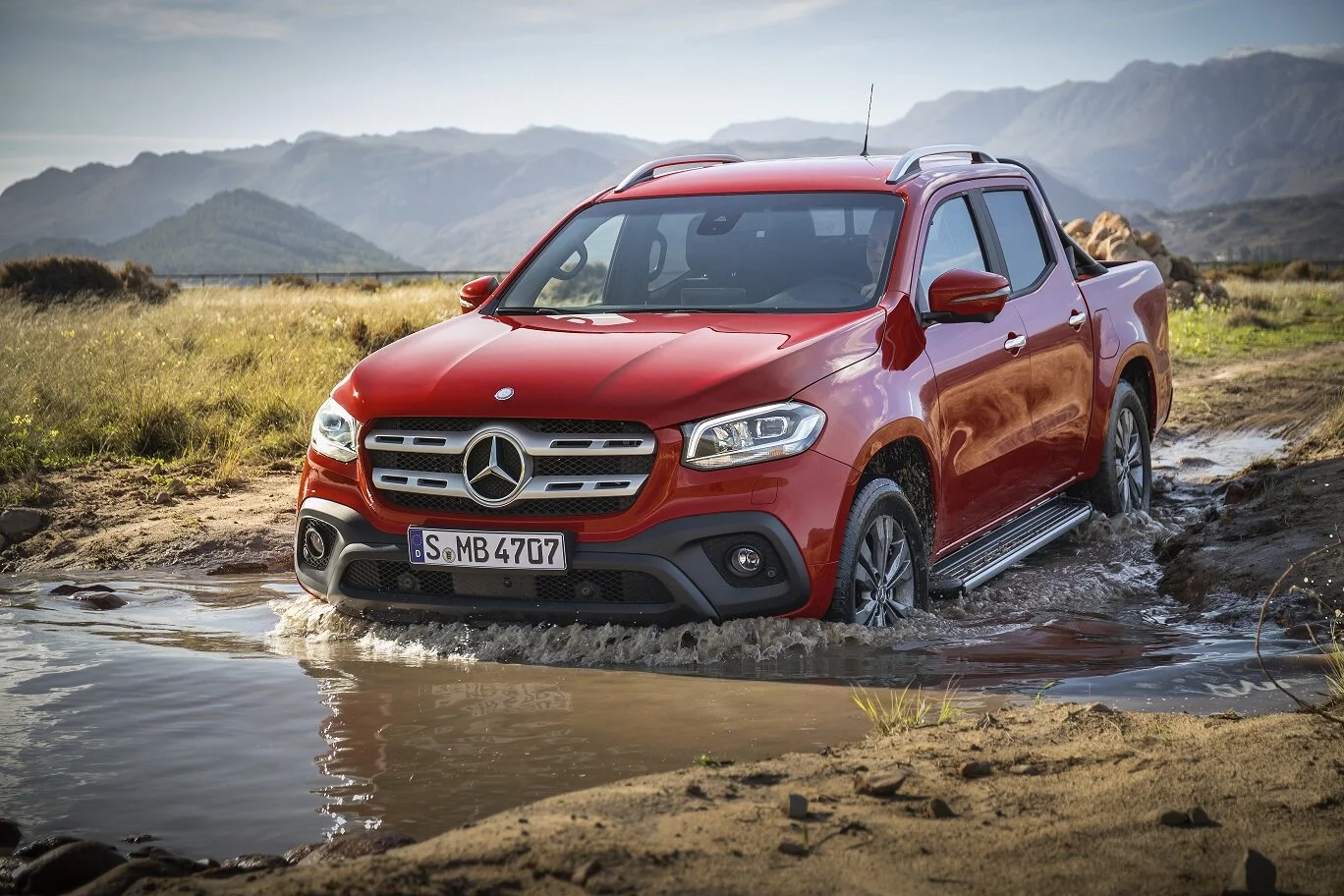
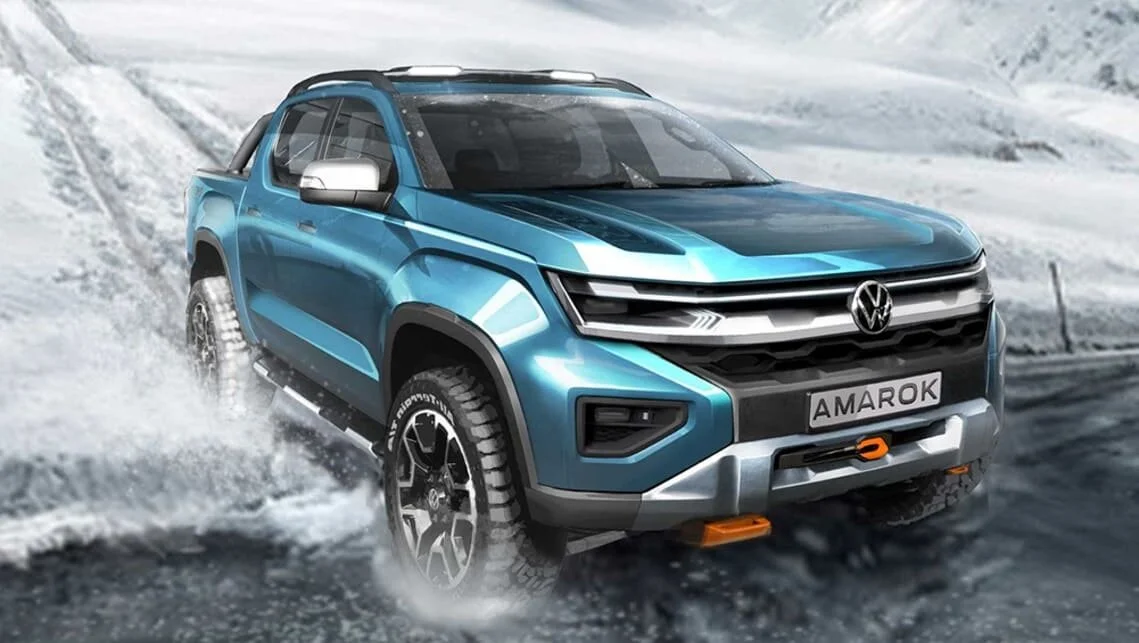





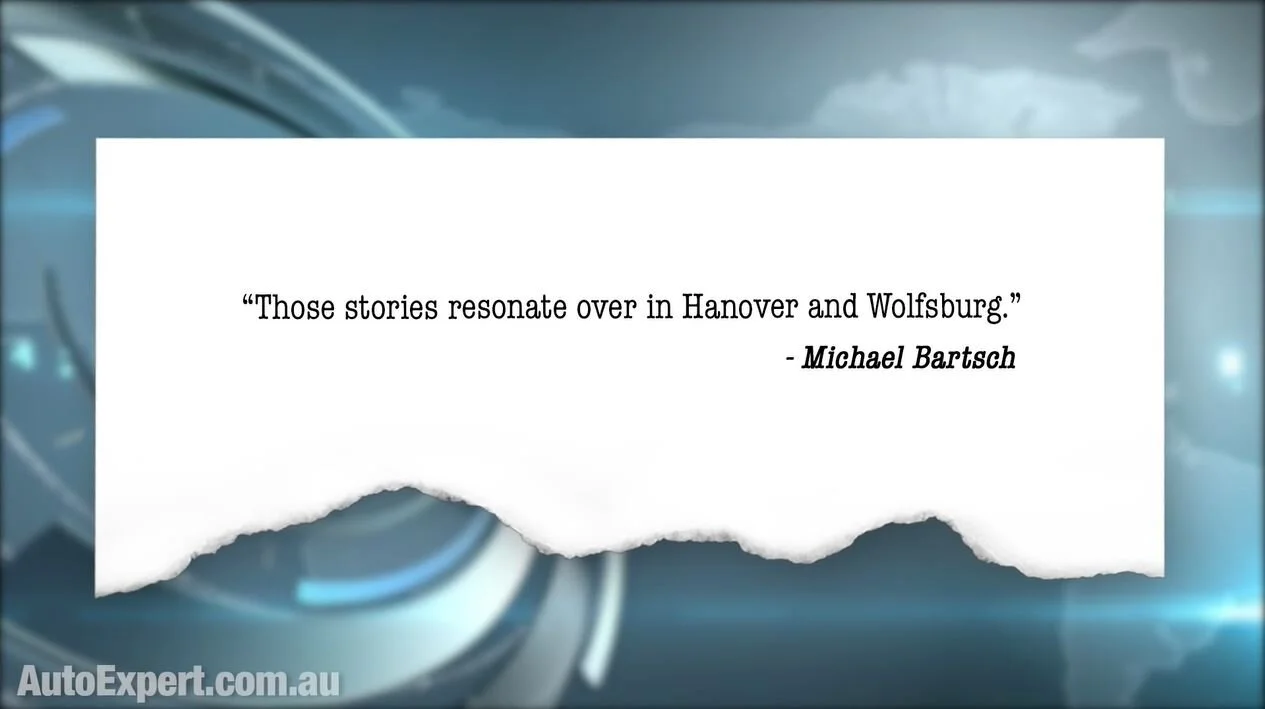
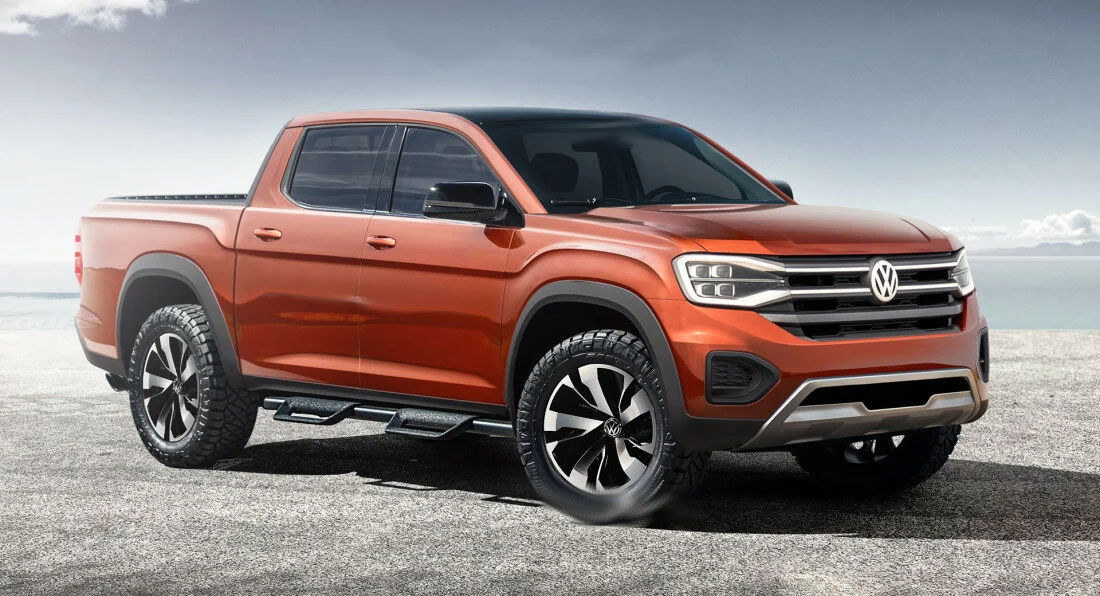











The MG ZS is a small SUV that offers such strong value to most buyers that it should be on your shortlist be default, even when shopping for a used car. But given that no car is perfect, the price could easily distract from its drawbacks.